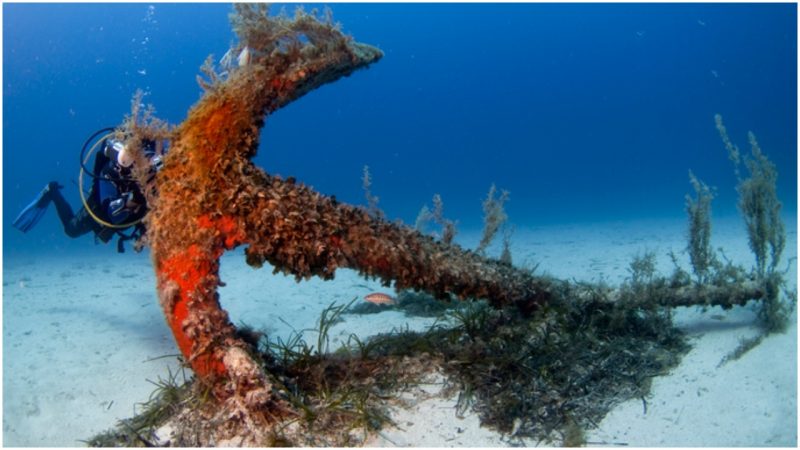In 2017 an ambitious search was launched for the lost fleet of Hernán Cortés, the conquistador who invaded Mexico in the 16th century.
The ships were believed to lie at the bottom of the Gulf of Mexico, containing treasures stolen from the Aztecs.
According to National Geographic, an international team of underwater archaeologists in December 2018 found an iron anchor “consistent with the type carried by European ships in the early 16th century… It was discovered off the coast of Villa Rica de la Vera Cruz, a site some 50 miles north of modern Veracruz, where Cortés founded a settlement in 1519.”
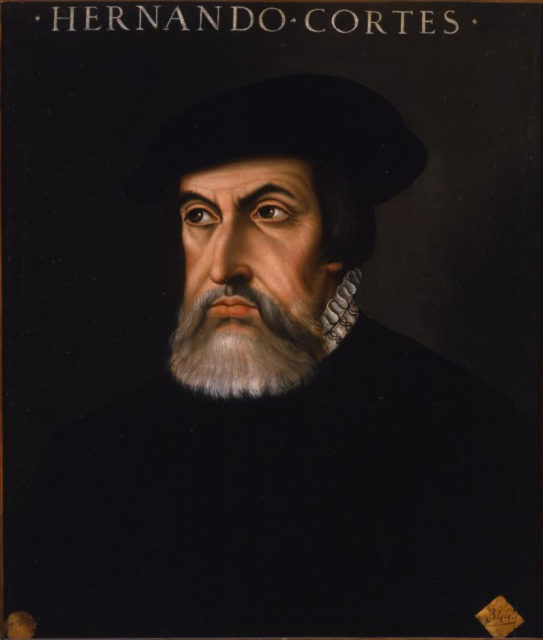
The anchor “provides the first compelling clue to the location of the wrecked vessels.”
Some accounts suggest that Cortés burned his ships to prevent his men from attempting to flee. But Cortés wrote in a letter to Holy Roman Emperor Charles V that rather than burn them, he sank, or “scuttled,” the fleet off the coast of Veracruz.
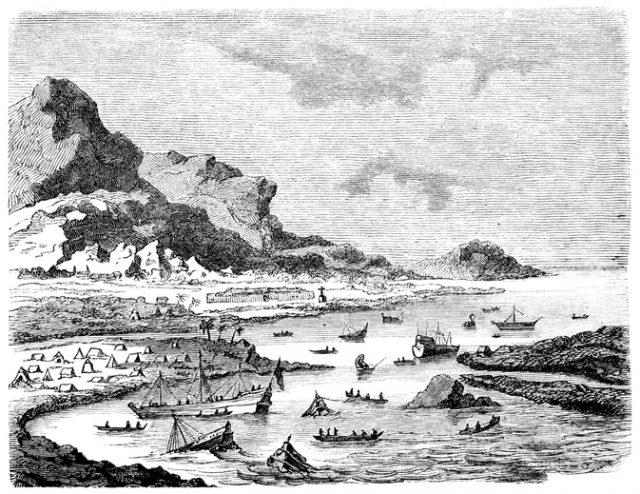
Last year the Sub-Directorate of Underwater Archaeology at Mexico’s National Institute of Anthropology and History announced that it planned to dredge the shores where Cortés landed in order to recover the ships, the Mexican newspaper La Crónica de Hoy reported.
The project was led by Pilar Luna, former head of the Sub-Directorate of Underwater Archaeology. They said they planned to see how many of the dozen Spanish ships remained in the Gulf of Mexico where they were left 500 years ago.
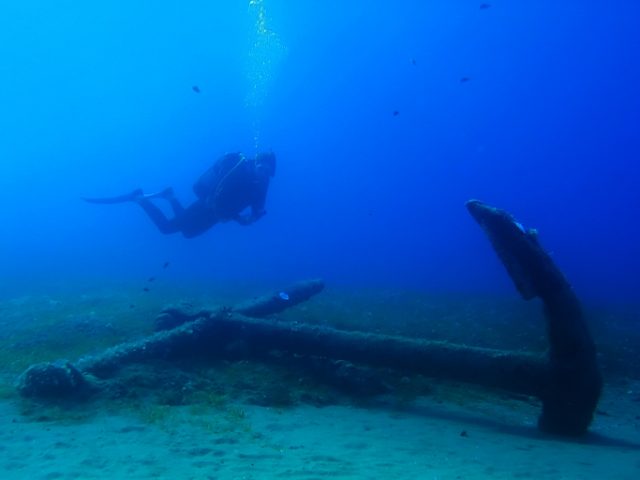
The expedition was also prompted by the enthusiasm of treasure hunters, who pressured the Mexican government for permission to explore the cargo of the lost ships.
Several of the ships were believed to lie on the sea bed in the Gulf of Mexico, where Cortés supposedly abandoned them, even though none were ever spotted during underwater exploration.
If the ships and their contents were in well-preserved condition, they could reveal crucial details about Cortés’ mission and the long voyage to Central America. Relatively little is known about the ships.
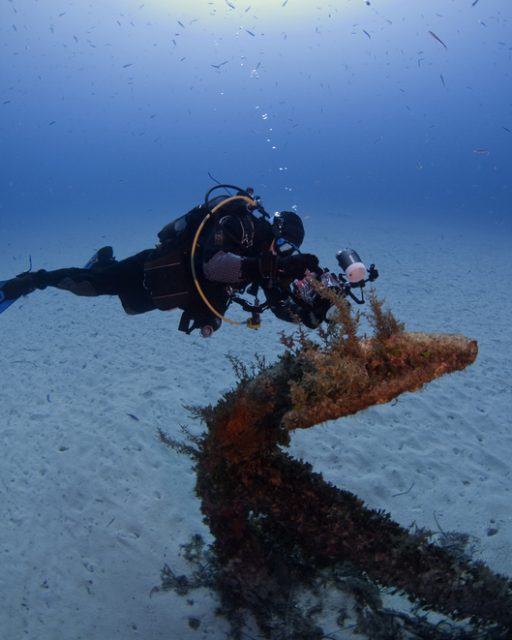
“The arrival of Cortés and his conquest of Mexico changed the course of history,” said archaeologist Christopher Horrell, a National Geographic grantee and research fellow at Texas State University who serves as the project’s co-director, in an interview. “These ships set into motion a series of events that changed the fates of the New and Old Worlds. Finding them would be an incredible discovery.”
Born in Medellín, Spain, around 1485, Cortés first served as a soldier in an expedition of Cuba led by Diego Velázquez in 1511. He ignored orders and journeyed to Mexico with about 500 men and 11 ships in 1519, setting his sights on overthrowing ruler Montezuma II in the Aztec capital of Tenochitilán.
The Aztecs drove the Spanish from Tenochitilán, but Cortés returned to defeat the natives and take the city in 1521.
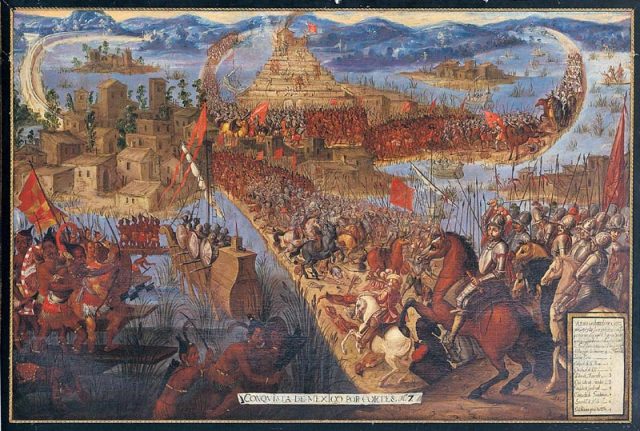
Cortés became allies with some of the native peoples he encountered, but he definitely used deadly force to conquer Mexico. He fought Tlaxacan and Cholula warriors and then was determined to take the Aztec empire. He marched to Tenochitilán, the Aztec capital and home to ruler Montezuma II. Cortés took Montezuma hostage and his soldiers raided the city.
Cortés left the city after learning that Spanish troops were coming to arrest him for disobeying orders. He spent much of his later years seeking recognition for his achievements and support from the Spanish royals.
“The conquest was a very traumatic episode in our history that sparks the imagination of most Mexicans,” said Roberto Junco Sanchez, deputy director of underwater archaeology for Mexico’s National Institute of Anthropology and History (INAH) and a co-director of the research project, to National Geographic.
Read another story from us: The Amazing Survival Story of the Last Aztec Empress
Next year Mexico will begin to observe events around the 500th anniversary of Cortés’ arrival and conquest.
